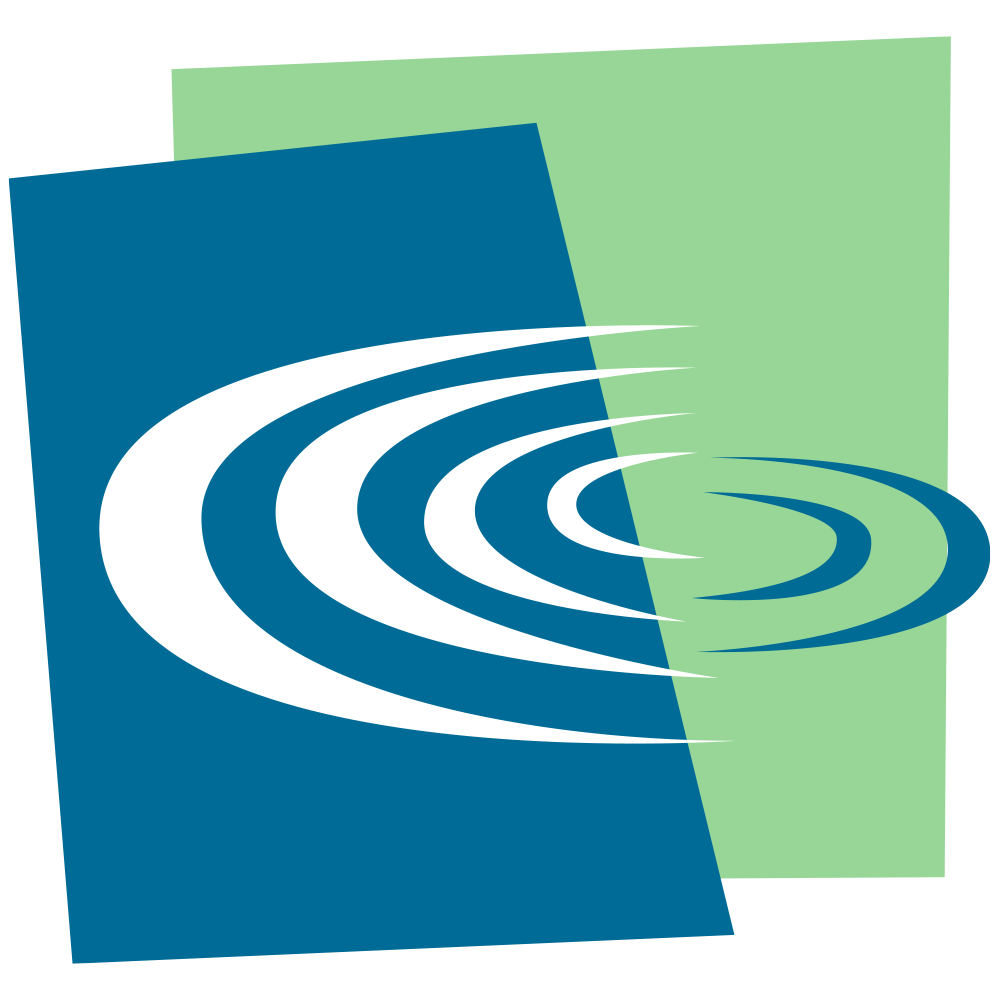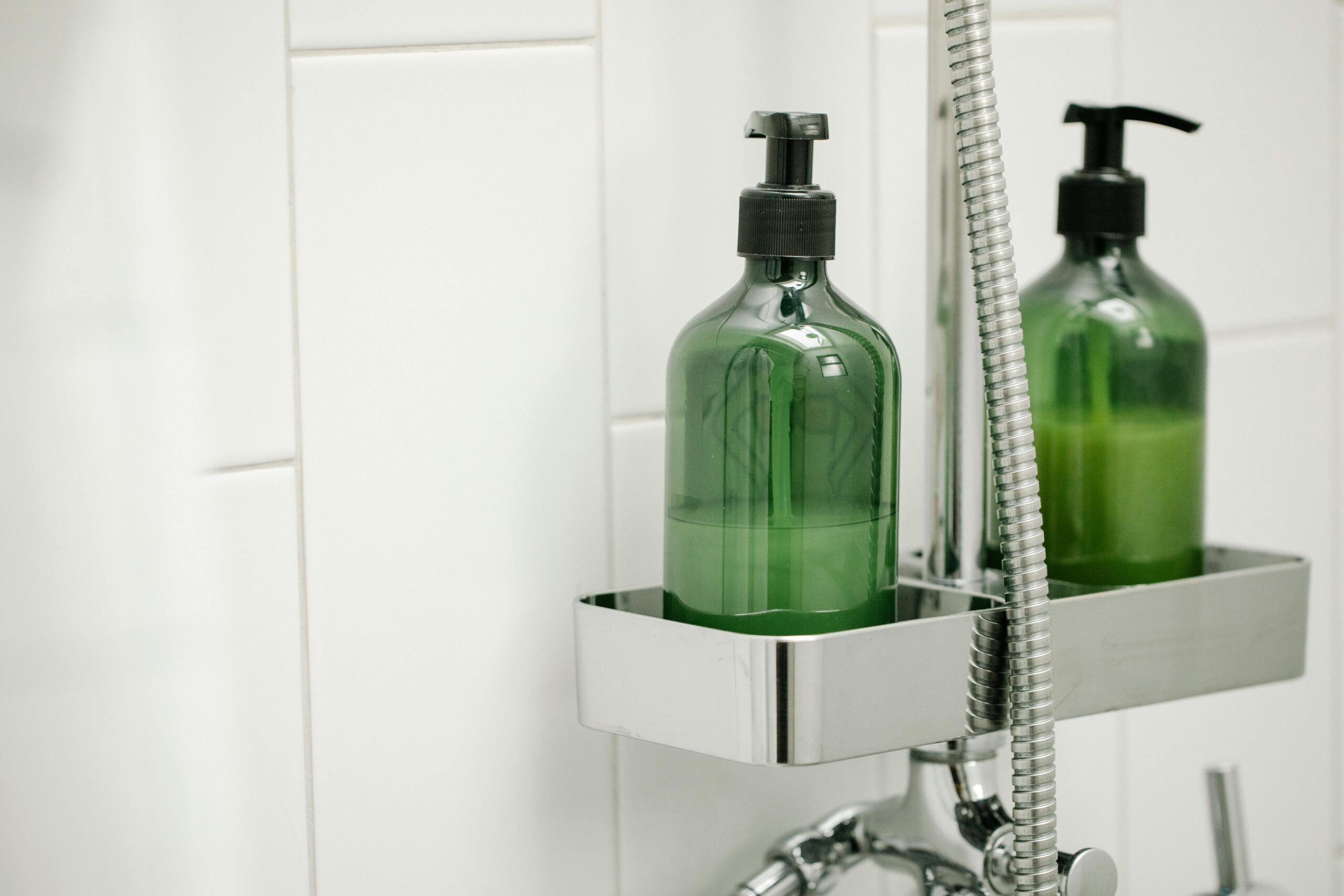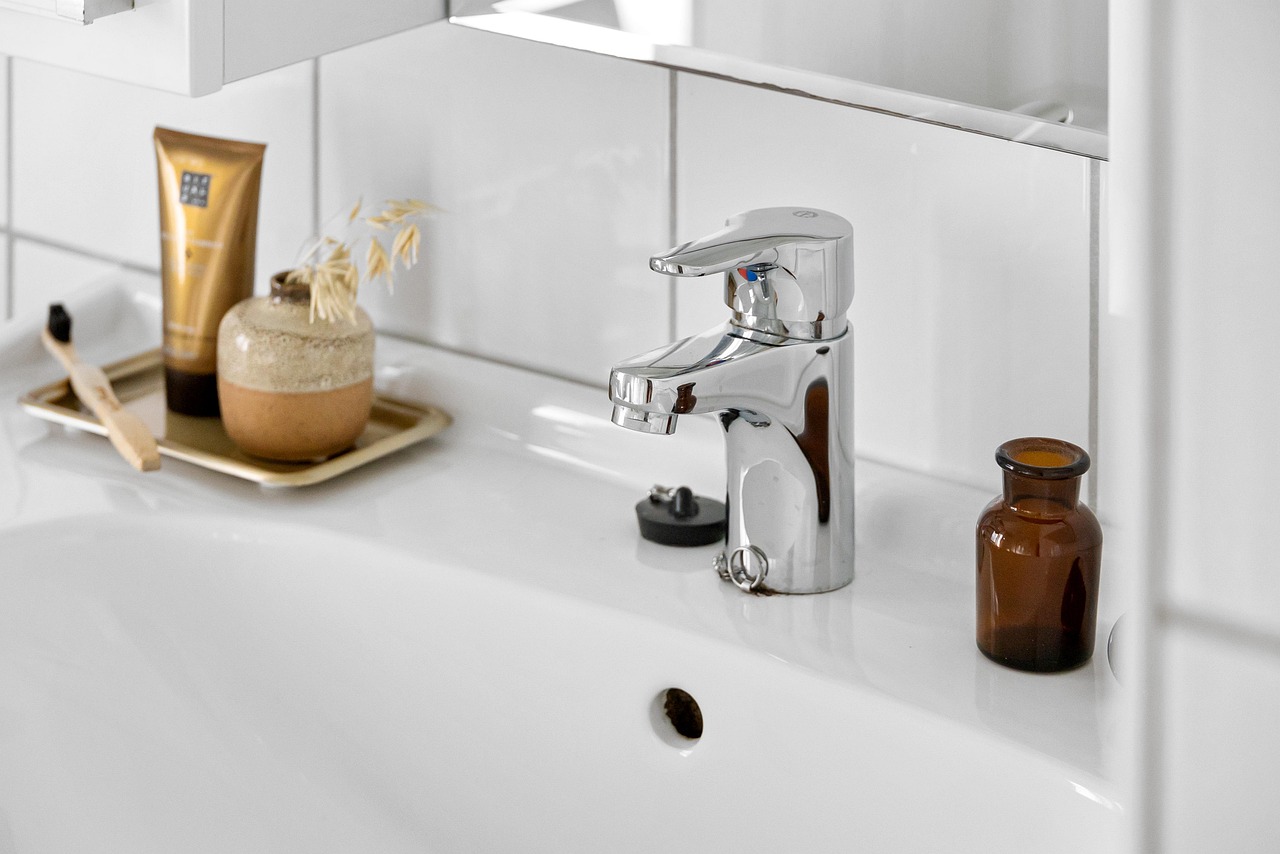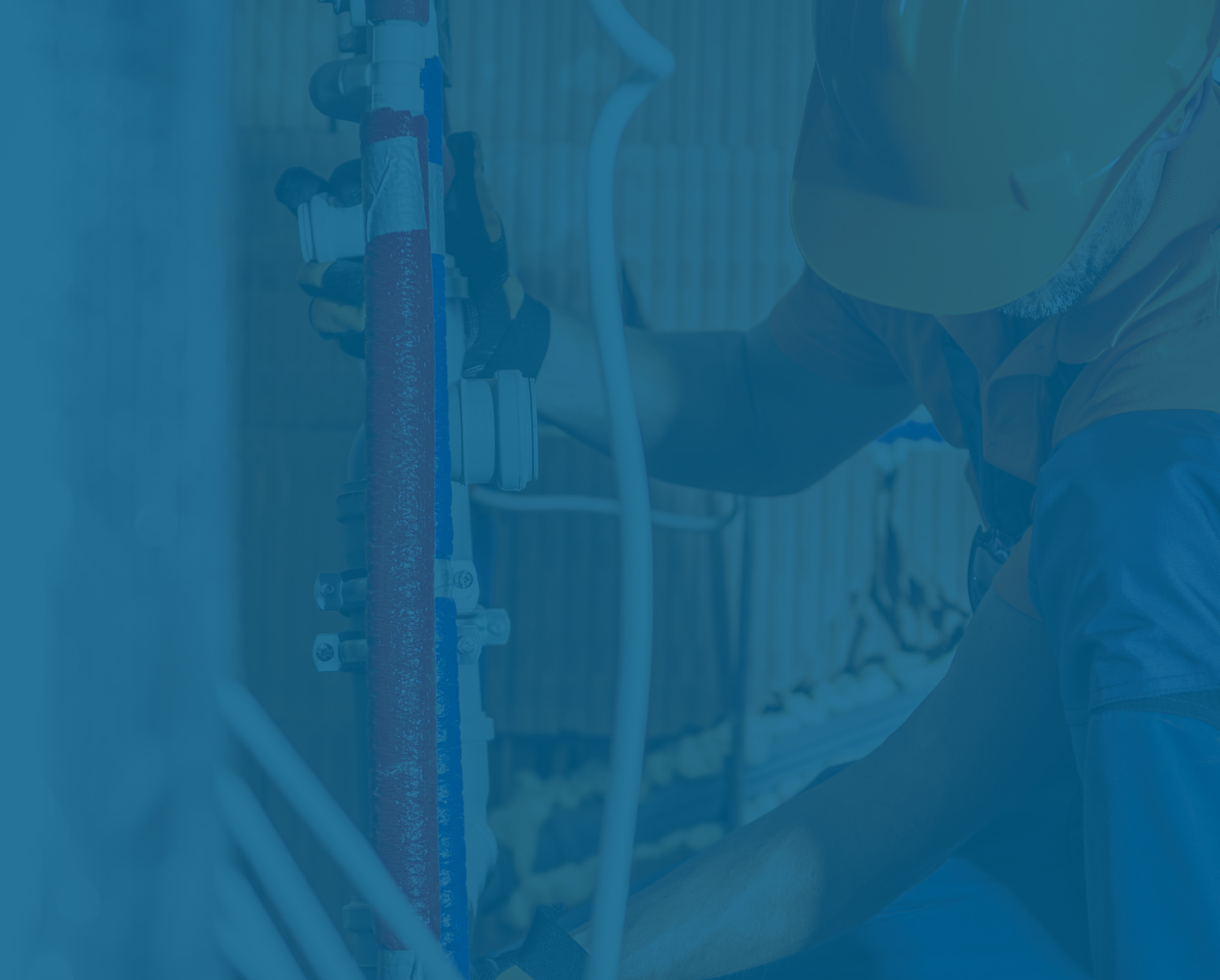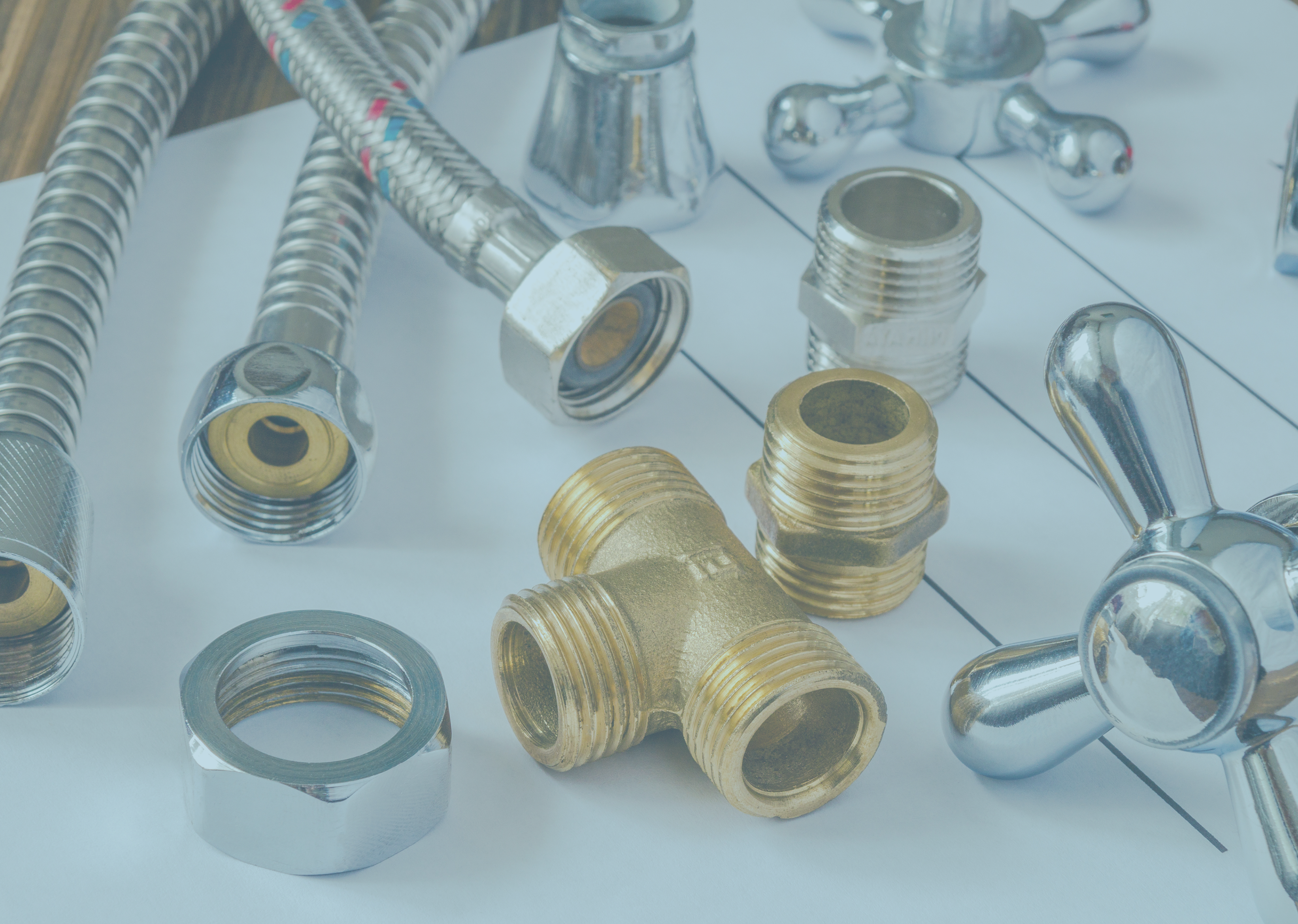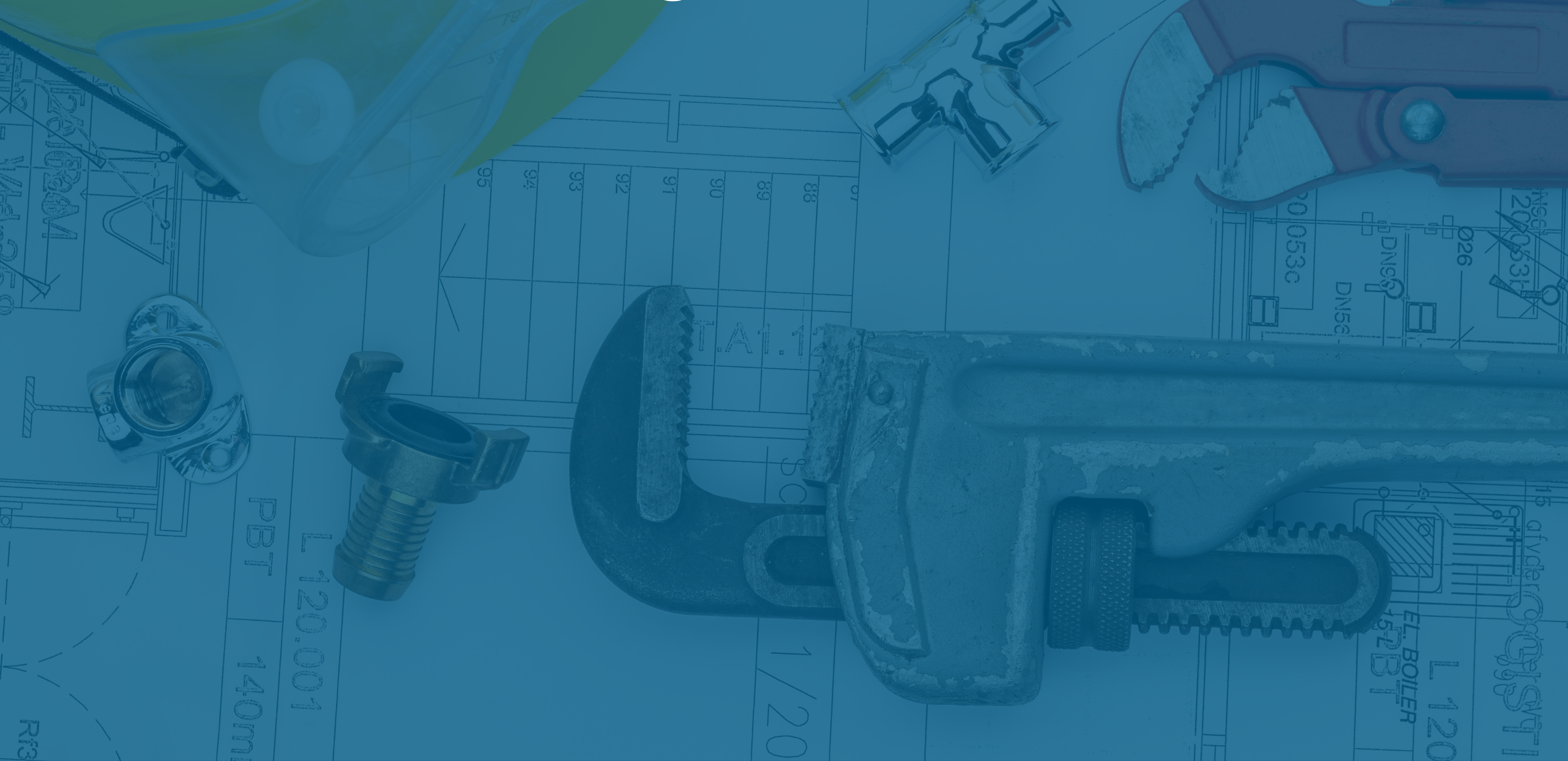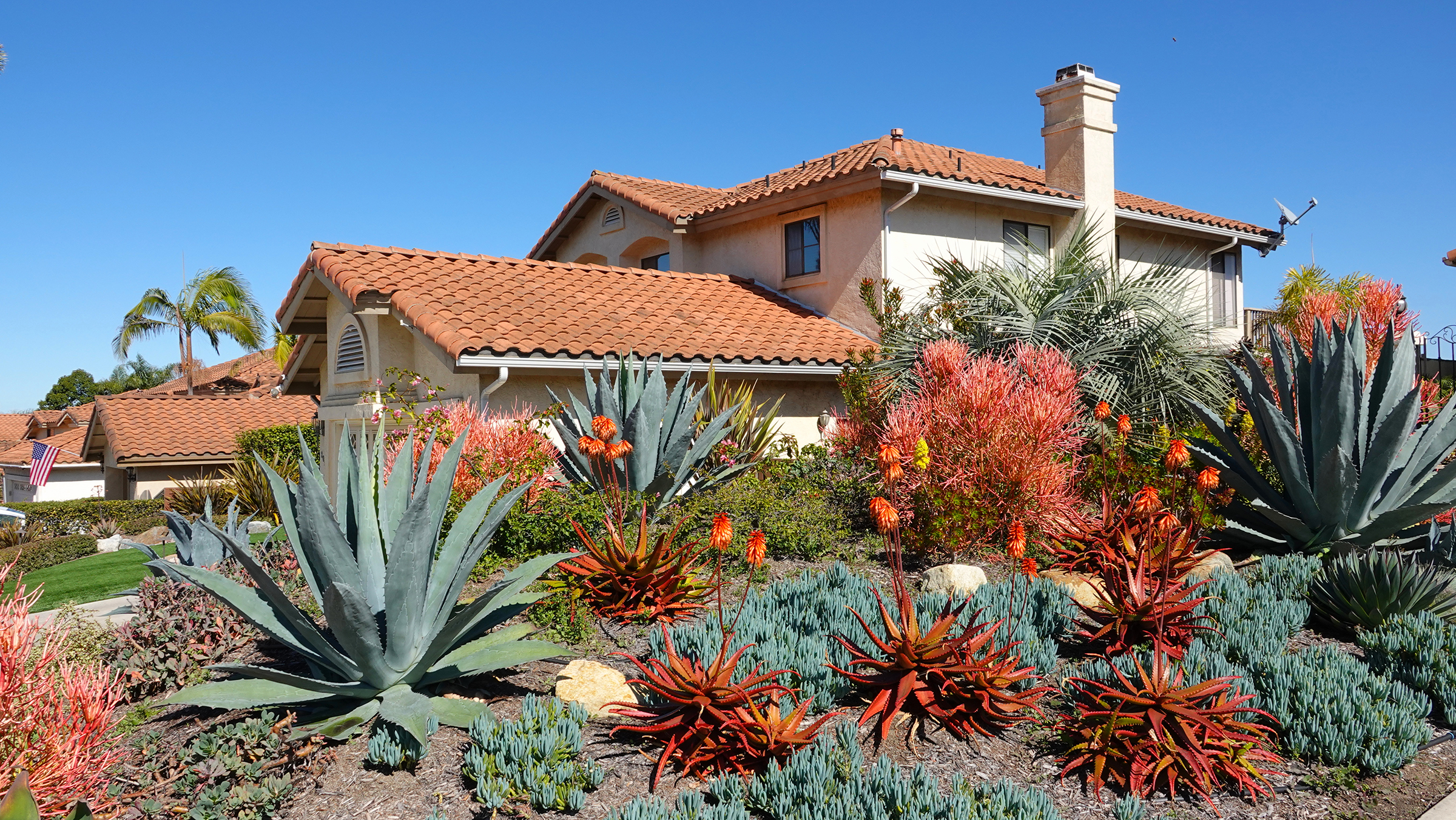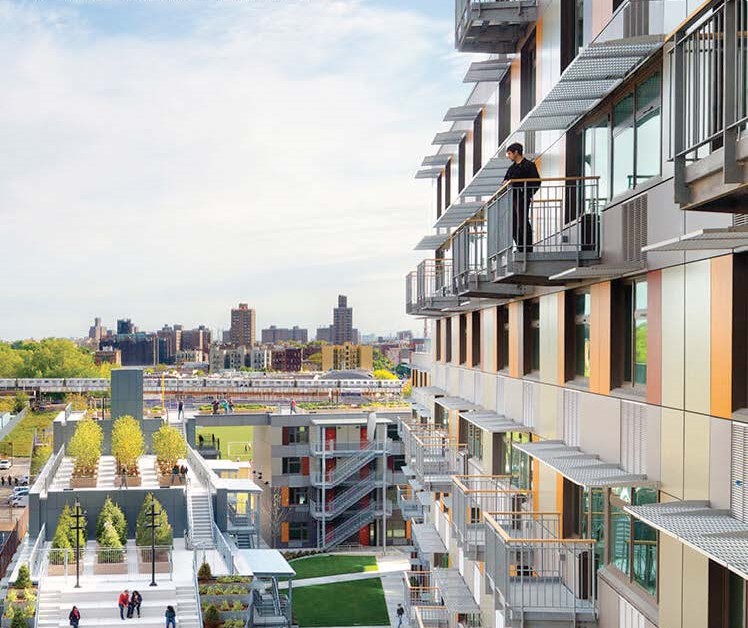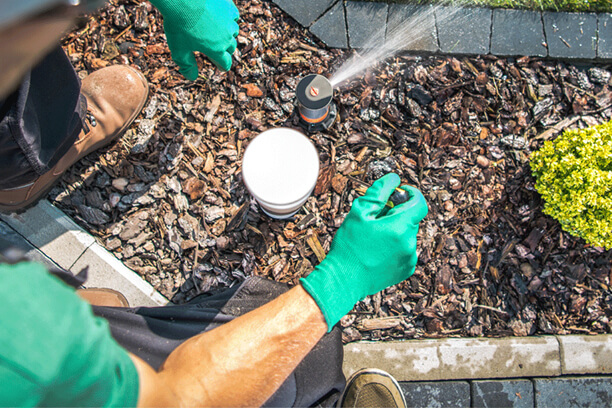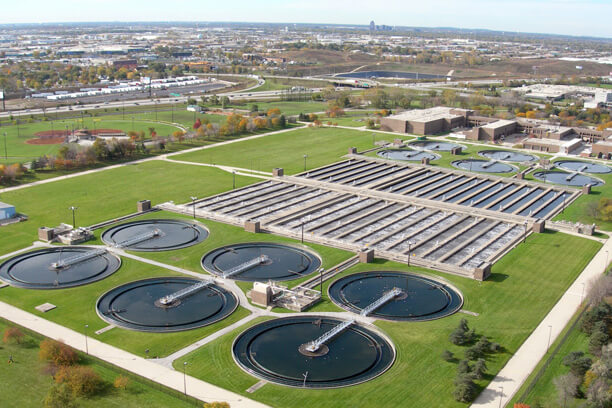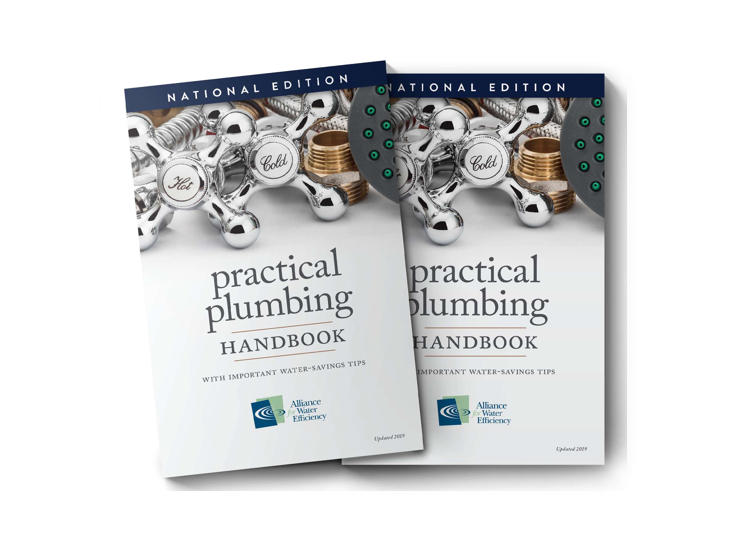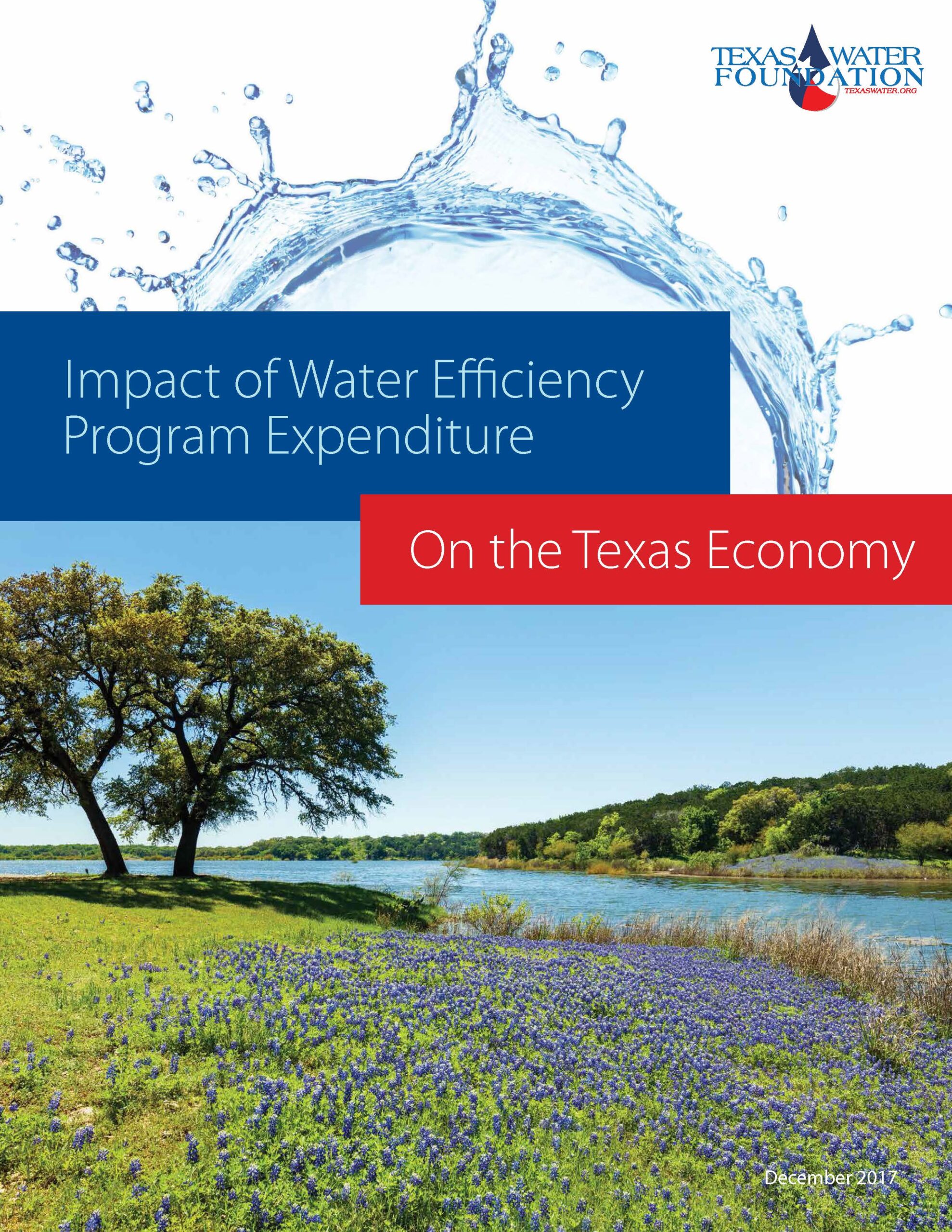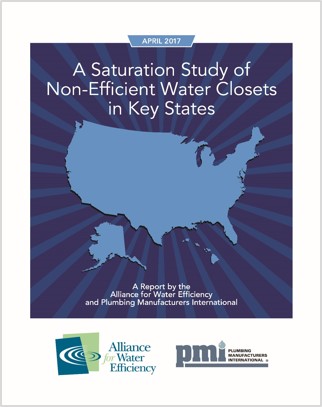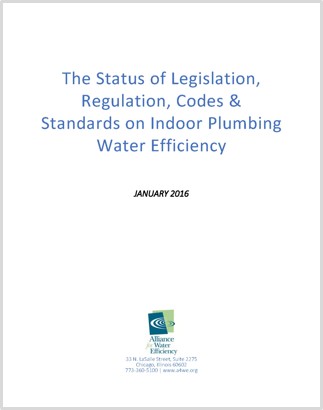Indoor Water Efficiency
Indoor water efficiency programs aim to reduce consumption in residential and commercial buildings. These efforts often include water-saving codes and standards that require efficient fixtures like high-efficiency toilets, faucets, and showerheads. Effective implementation and enforcement of these standards maximize their impact. Education and outreach further promote water-saving behaviors, such as prompt leak repairs and mindful water use. Retrofitting older buildings with efficient fixtures also helps reduce demand and improve affordability, contributing to overall water conservation efforts.
